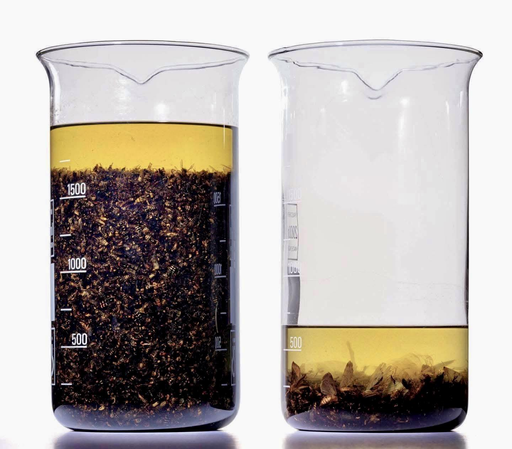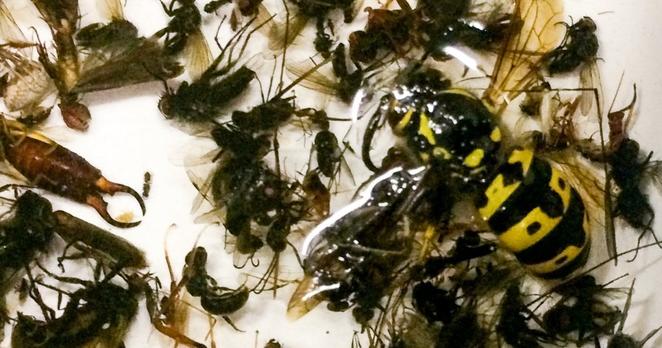@VeroniqueB99 “for two hours each evening, the site got power and a 25-watt bulb flickered on above the porch. Out of the forest darkness, a tornado of #insects would flock to its glow, spinning and dancing before the light. Lit up, the side of the house would be “absolutely plastered with moths – tens of thousands of them”, #DanielJanzen says. [The walls would be] absolutely plastered with moths – tens of thousands of them… Inspired, he decided to erect a sheet for a light trap with a camera – a common way to document flying insect numbers and diversity. In that first photograph, taken in 1978, the lit-up sheet is so thickly studded with moths that in places the fabric is barely visible, transformed into what looks like densely patterned, crawling wallpaper.
Scientists identified an astonishing 3,000 species from that light trap, and the trajectory of Janzen’s career was transformed, from the study of seeds to a lifetime specialising in the forest’s barely documented populations of caterpillars and moths.
Now 86, Janzen still works in the same research hut in the #Guanacaste (Costa Rica) conservation area, alongside his longtime collaborator, spouse and fellow ecologist, #WinnieHallwachs. But in the forest that surrounds them, something has changed. Trees that once crawled with insects lie uncannily still.”
#ClimateEmergency <https://www.theguardian.com/environment/2025/jun/03/climate-species-collapse-ecology-insects-nature-reserves-aoe>

 Ned Hairston
Ned Hairston

